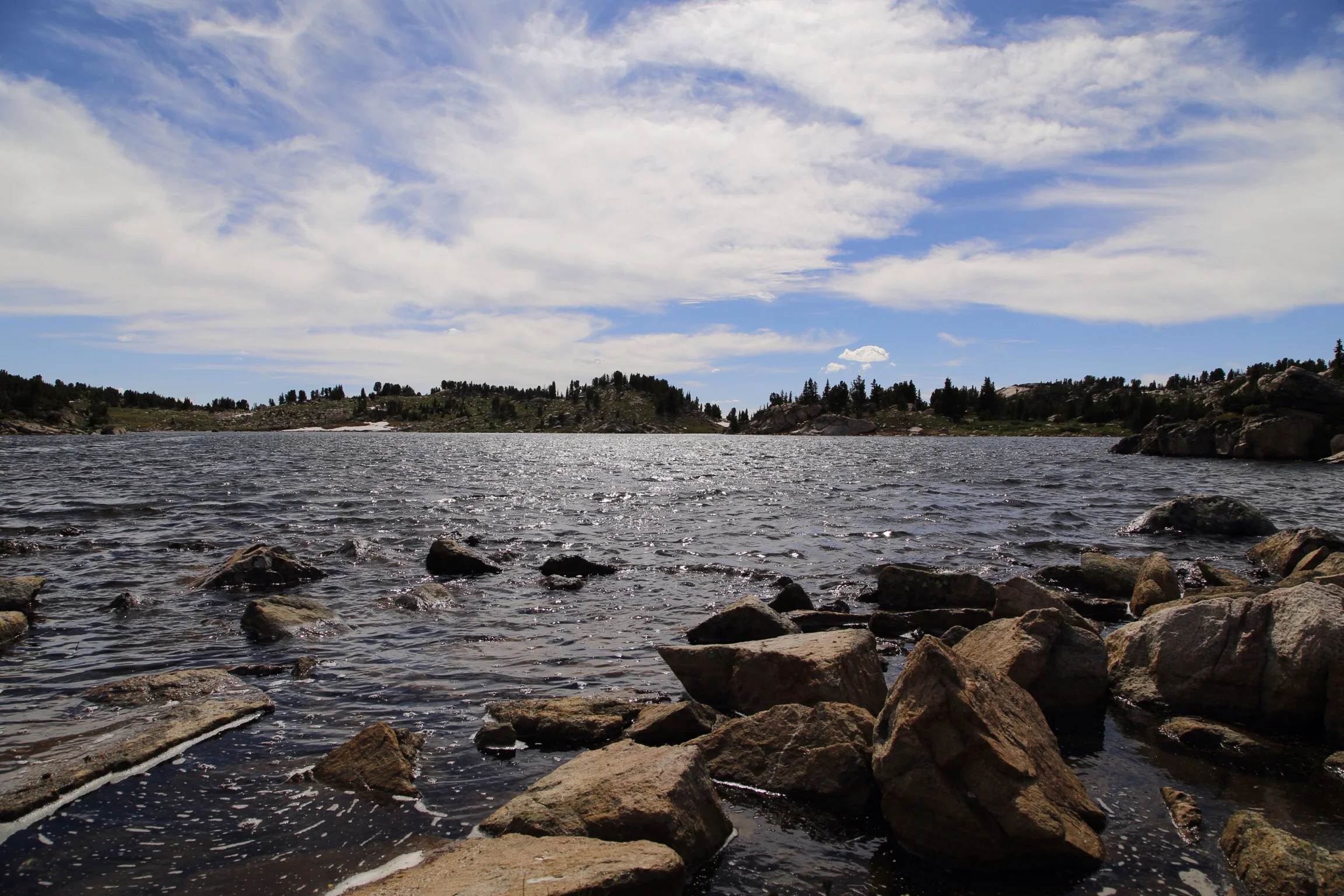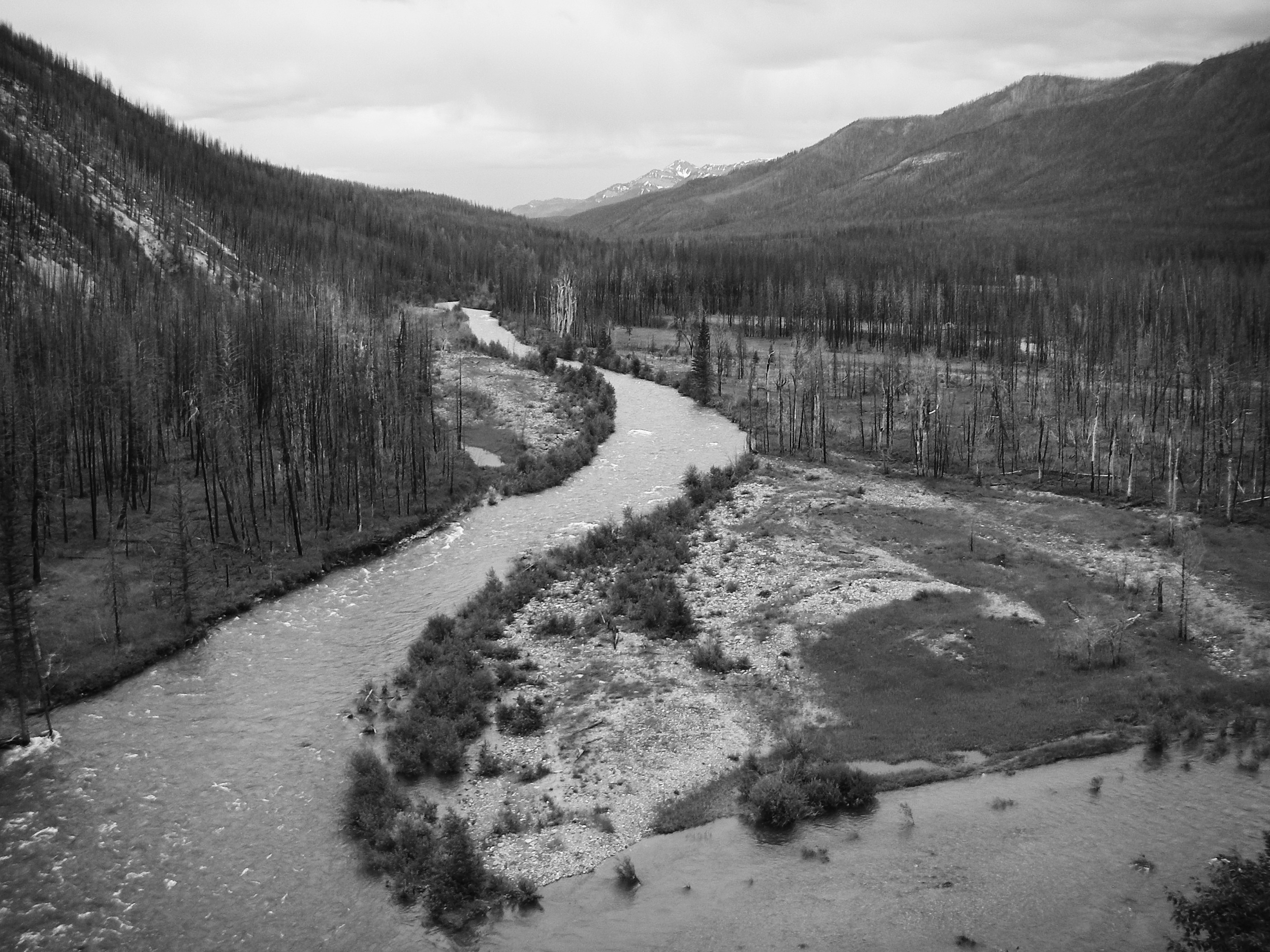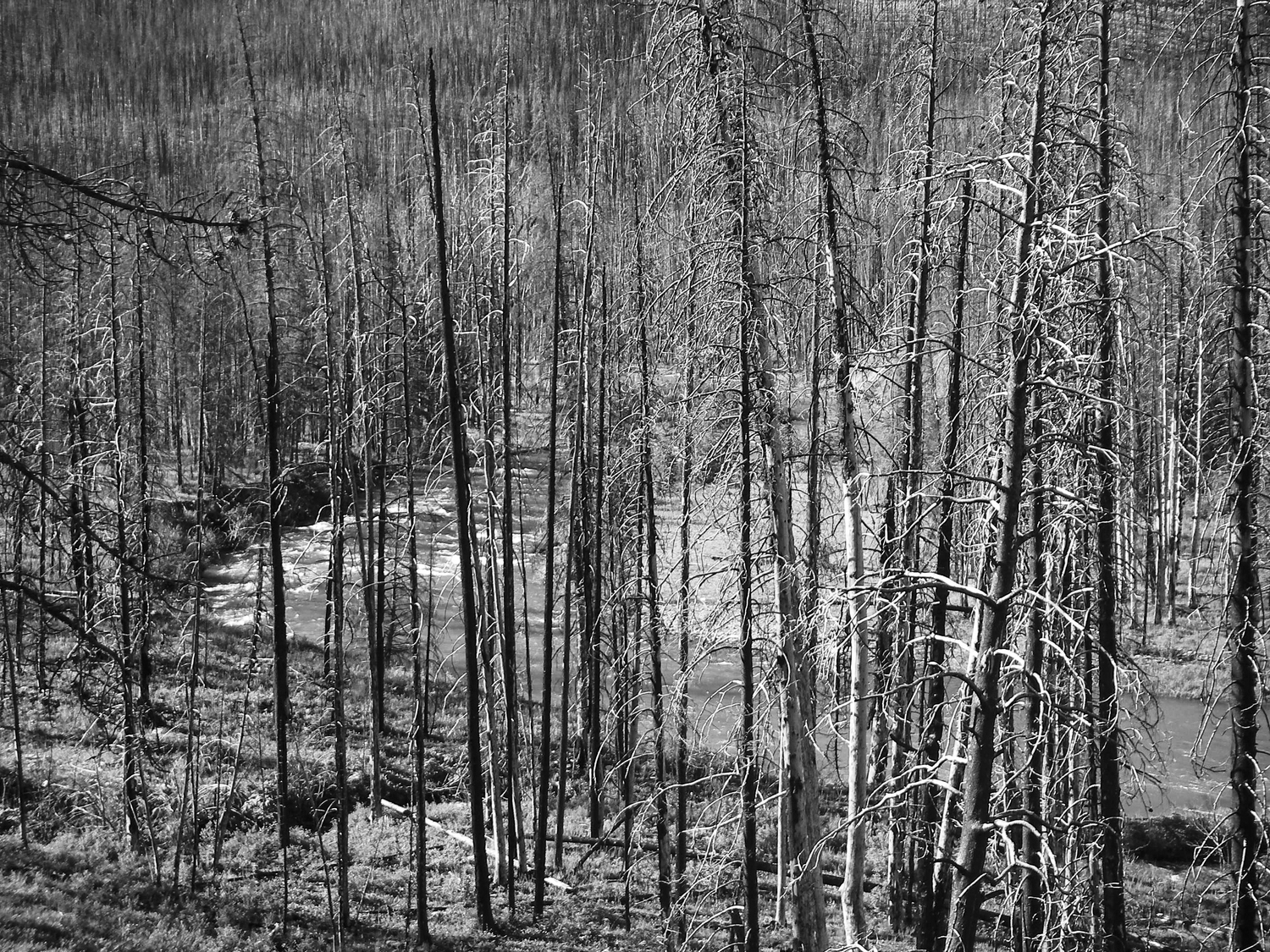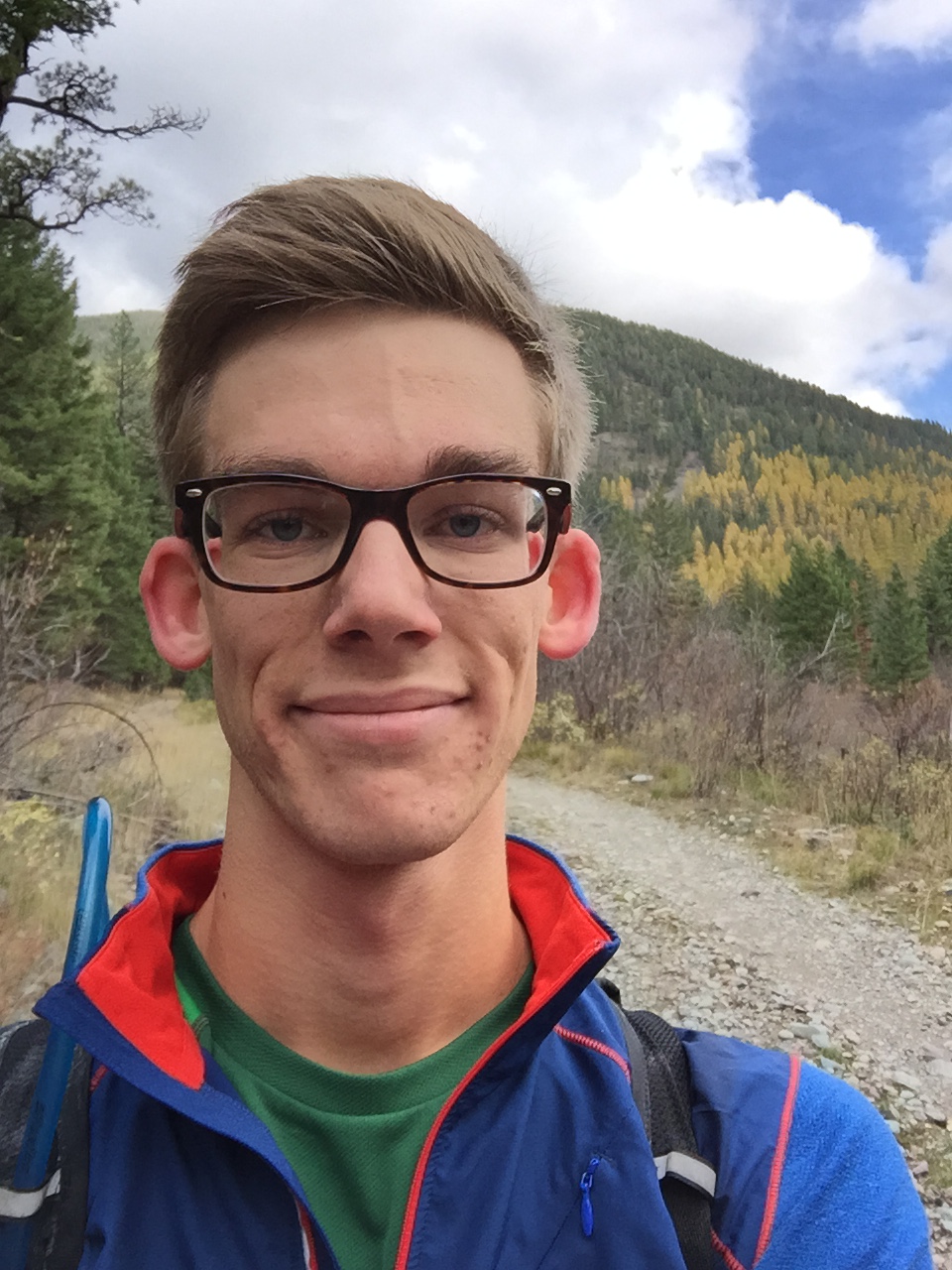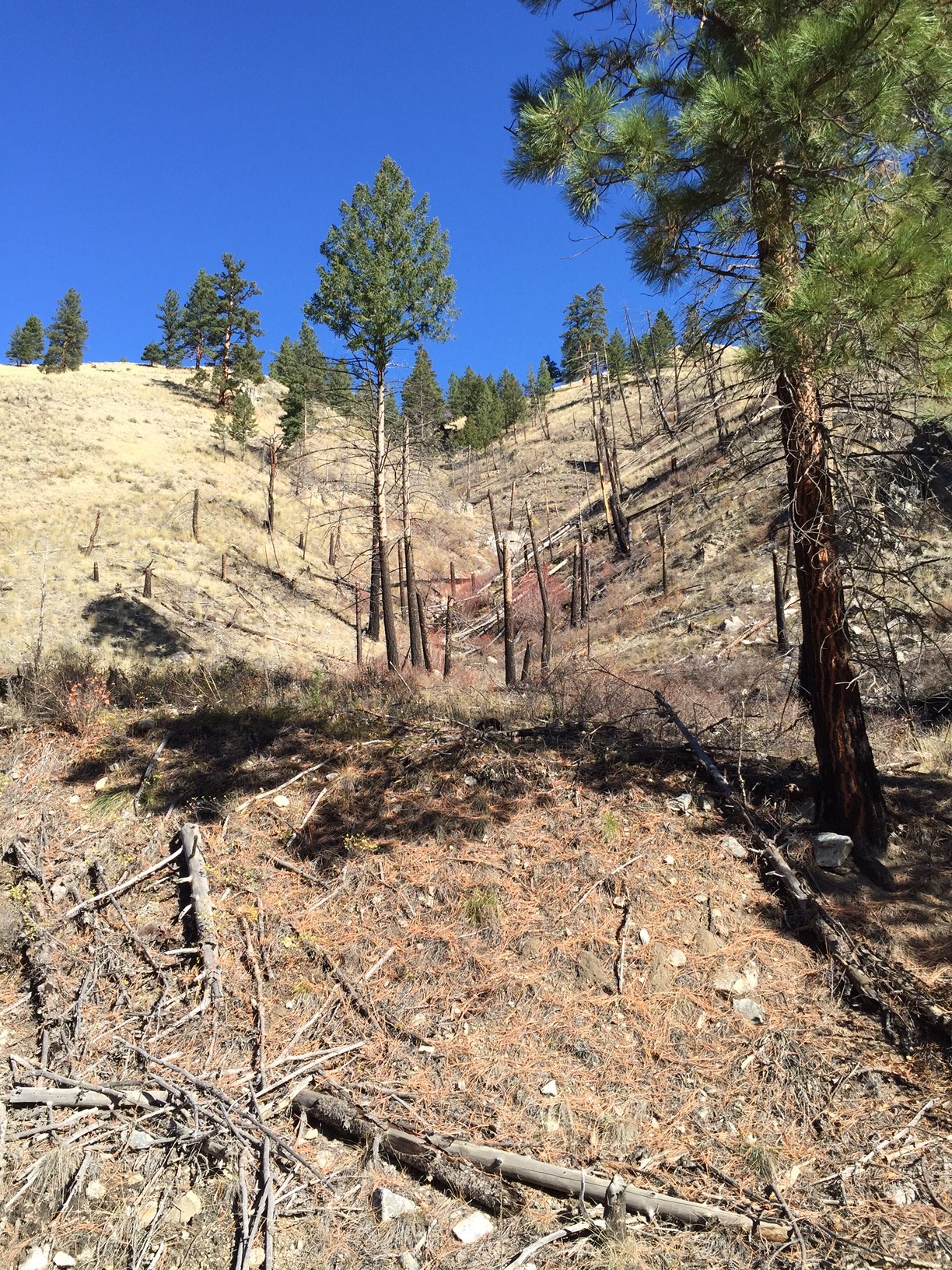Michael Jahnke
Understanding the Effects of Wildfire on Water Resources
For the past thirty years, across the western United States, wildfire activity has increased in both frequency and duration, especially throughout the mid-elevation Northern Rockies forests of Montana. These regions are strongly associated with increased spring and summer temperatures and an earlier spring snowmelt. Unsurprisingly, wildfires are also leading to dramatic changes across natural habitat.
Michael Jahnke, University of Montana graduate student, is researching the impact of seasonal wildfire on mountain streams.
Currently based in Missoula, Michael has established a field study site at Rye Creek – a tributary of the Bitterroot River in southwest Montana. This area exhibits a semiarid climate and is especially prone to wildfires, which destabilize mountain slopes and lead to debris flows. Ultimately, by moving debris such as downed timber and increased sediment loads, these flows may impact stream and riparian habitat, water quality, and even water availability.
To learn more about wildfire research led by Montana scientists, check out the Montana IOE WildFire Partnerships in Research and Education video series below:
Work Cited: Warming and Earlier Spring Increase Western U.S. Forest Wildfire Activity A. L. Westerling, H. G. Hidalgo, D. R. Cayan, and T. W. Swetnam Science 18 August 2006: 313 (5789), 940-943. Published online 6 July 2006 [DOI:10.1126/science.1128834]
